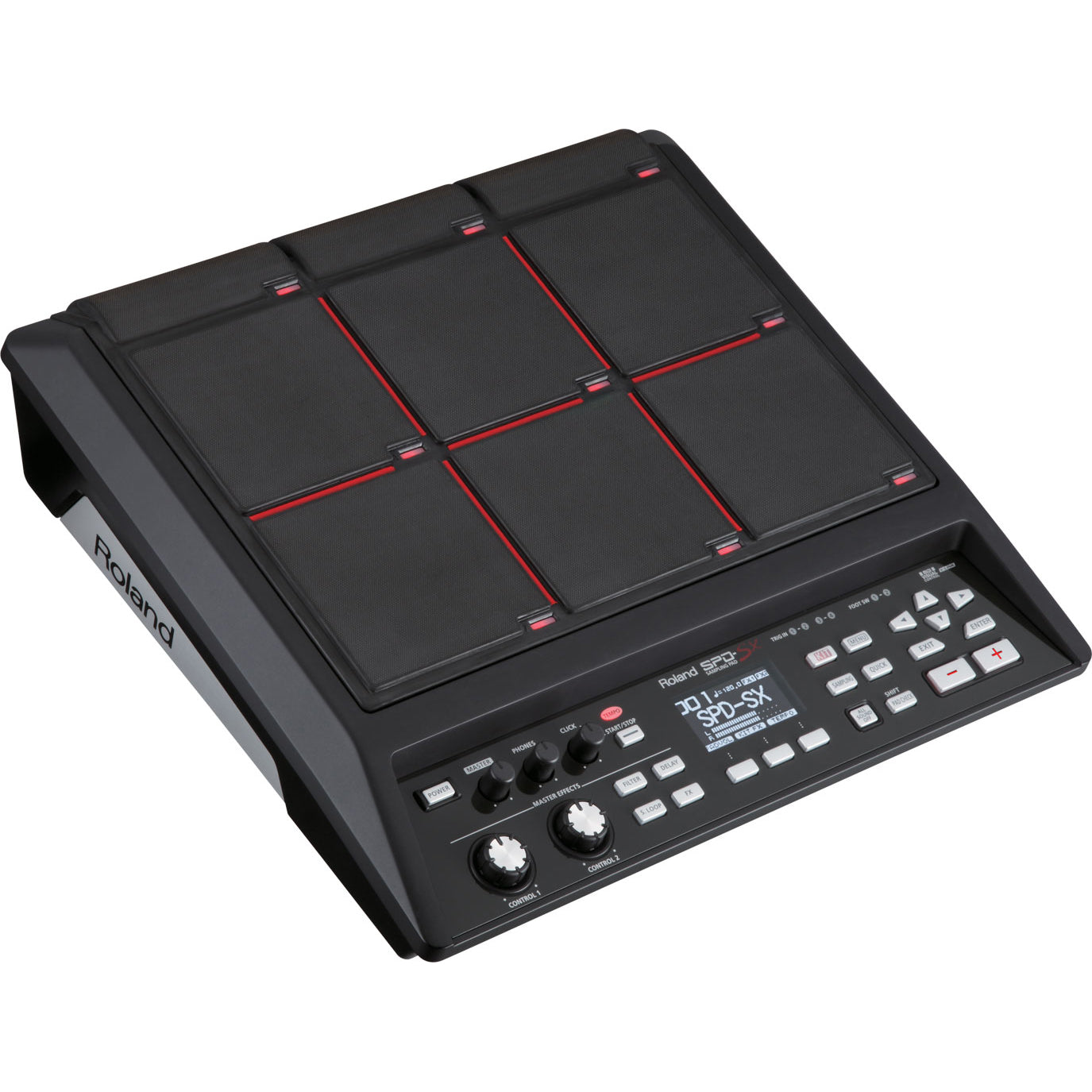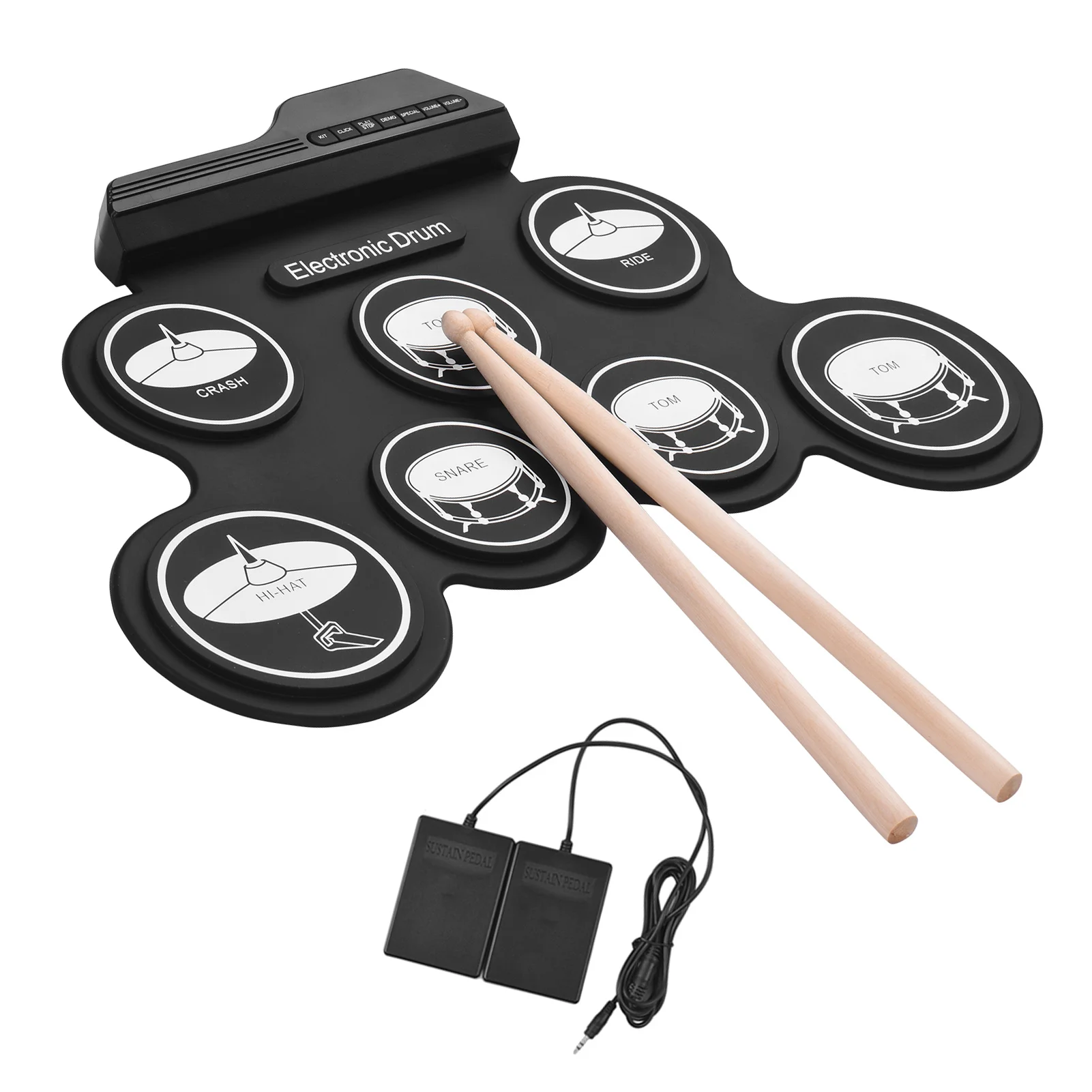The Rise of Pad digital Drums: A Comprehensive Guide
Pad digital drums have revolutionized the way musicians create and experience rhythm, offering a versatile and accessible alternative to traditional acoustic drum kits. These innovative instruments have evolved significantly in recent years, boasting cutting-edge technology, enhanced playability, and a wide range of sonic possibilities. This article delves into the fascinating world of pad digital drums, exploring their history, key features, benefits, and the impact they’ve had on the music industry.
The journey of electronic drumming began in the mid-20th century with rudimentary electronic percussion instruments. These early devices were often limited in their sound and feel, but they paved the way for more sophisticated technologies to emerge. The development of MIDI (Musical Instrument Digital Interface) in the 1980s marked a significant turning point, enabling seamless communication between electronic instruments and computers. This breakthrough opened up a world of possibilities for sound manipulation, sequencing, and integration with other digital devices.

Early pad digital drums were often bulky and cumbersome, with limited sound libraries and basic triggering mechanisms. However, technological advancements have led to significant improvements in several key areas:
Sound Quality: Modern drum modules boast high-resolution audio samples, offering incredibly realistic acoustic drum sounds, as well as a vast array of electronic and world percussion instruments.

Pads: These are the surfaces that drummers strike to trigger sounds. They come in various sizes and materials, each offering a unique playing experience. Common types include rubber pads, mesh heads, and piezo-electric pads.
Versatility: Pad digital drums offer a wide range of sounds, from traditional acoustic drums to electronic and world percussion instruments. This versatility allows musicians to explore diverse musical styles and create unique sonic textures.
Practice and Learning: Pad digital drums provide a convenient and effective platform for practicing drumming techniques, developing rhythmic skills, and learning new songs.
The future of pad digital drums looks bright, with ongoing advancements in technology promising even more realistic playing experiences, innovative sound design, and enhanced connectivity.
Artificial Intelligence: AI-powered drum modules may soon be able to adapt to individual playing styles, providing personalized feedback and creating unique and evolving rhythmic patterns.
Pad digital drums have come a long way since their humble beginnings, evolving into powerful and expressive musical instruments that are transforming the way musicians create and experience rhythm. Their versatility, portability, and innovative features have made them an indispensable tool for musicians of all levels, from beginners to seasoned professionals. As technology continues to advance, we can expect to see even more exciting developments in the world of pad digital drums, further expanding the boundaries of musical expression and creativity.
This article has provided a comprehensive overview of pad digital drums, exploring their history, key features, benefits, and the impact they’ve had on the music industry. By understanding the capabilities of these remarkable instruments, musicians can make informed decisions about their own drumming journey and unlock a world of sonic possibilities.
pad digital drum
